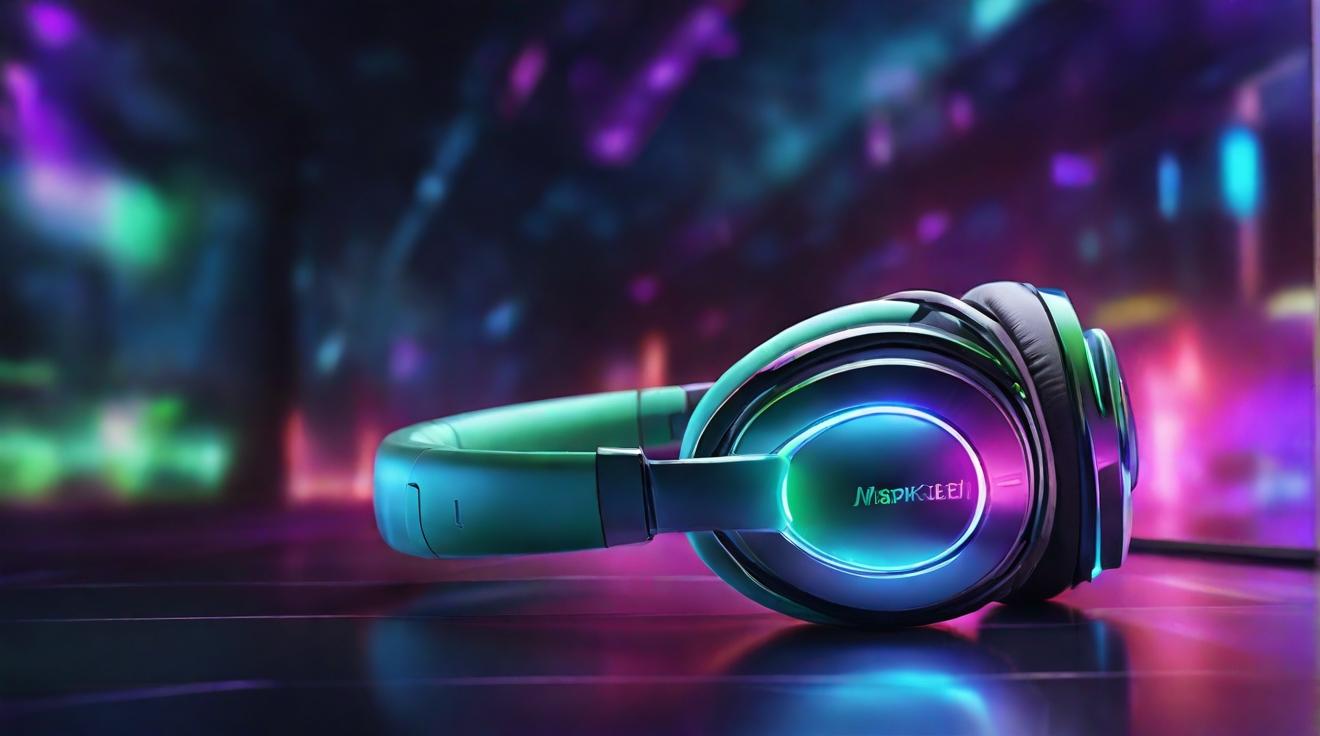Apple's Vision Pro Beats Rivals in See-Through Latency, Lags in Angular Motion
Apple's new spatial computer, the Vision Pro, has been put to the test against its competitors, and the results are promising. According to scientific tests conducted by Optofidelity, the Vision Pro outperforms its rivals in see-through latency but falls slightly behind in angular motion latency when compared to Meta headsets.
See-Through Latency: A Game-Changer for Apple's Vision Pro
The Vision Pro's standout feature is its passthrough mode, which allows users to view the real world while wearing the headset. This feature is made possible by multiple cameras on the device that feed video to onboard processing units, resulting in a slight lag known as see-through latency. Apple claims that the Vision Pro has a see-through latency of 12ms, but Optofidelity's tests revealed that it performs even better, with latency clocking in at approximately 11ms. This is a significant improvement when compared to the HTC VIVE XR Elite, Meta Quest 3, and Meta Quest Pro, all of which showed latencies in the 35-40ms range. The Vision Pro's impressive see-through latency will undoubtedly enhance the user experience and set it apart from its competitors.
Angular Motion Latency: A Slight Drawback for the Vision Pro
While the Vision Pro excels in see-through latency, it falls slightly behind in angular motion latency, according to Optofidelity's tests. Angular latency refers to the delay between head movement and the display updating to reflect the new viewpoint. Three of the four headsets tested, excluding HTC's Vive, utilize predictive algorithms that shift the image display based on predicted head movement speed, theoretically allowing for zero latency. In fact, Optofidelity found that these predictive headsets showed negative latency values, meaning they slightly precede the real-world angle. However, the Vision Pro performed marginally worse than the Meta headsets in this aspect. It is worth noting that the differences are reportedly too minimal to detect during real-world use. Optofidelity suggests that Apple could potentially improve the Vision Pro's angular motion latency through software adjustments.
Conclusion: Apple's Vision Pro Shows Promise
Apple's Vision Pro is a strong contender in the spatial computing market, with its impressive see-through latency capability setting it apart from its rivals. While it may lag slightly in angular motion latency when compared to Meta headsets, the differences are minimal and unlikely to hinder the user experience. With the potential for software improvements in the future, Apple's Vision Pro has the ability to further solidify its position as a top choice for consumers seeking a high-quality spatial computing device.
Analyst comment
Positive news: The Vision Pro’s passthrough mode has significantly better latency than its rivals. Negative news: The Vision Pro lags slightly behind in angular motion latency compared to Meta. Market analysis: The Vision Pro’s superior passthrough latency may attract consumers, but its slight underperformance in angular motion latency may limit its appeal. Apple could potentially improve this through software adjustments.













